Optimal Timing for Land Clearing Projects
Land clearing is a vital process for preparing sites for construction, agriculture, or development projects. Timing can influence the efficiency, safety, and cost-effectiveness of land clearing operations. Choosing the optimal time ensures minimal disruption and maximizes productivity.

Spring is often ideal due to moderate weather and active plant growth, making vegetation removal more straightforward.
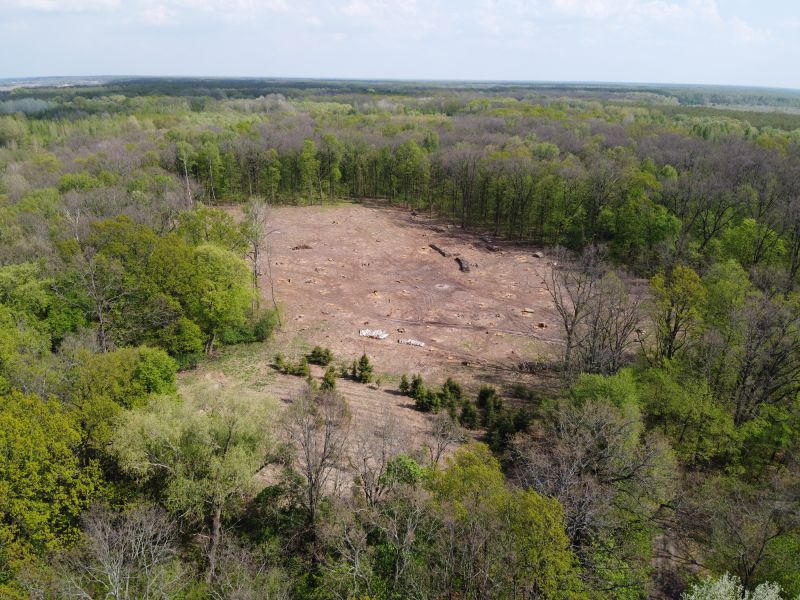
Summer offers longer daylight hours but may pose challenges with heat and dry conditions, requiring careful planning.
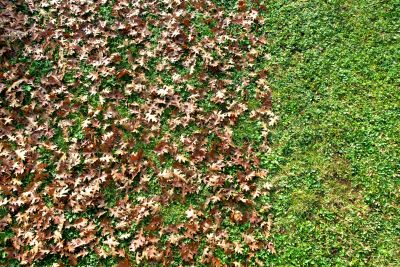
Fall provides cooler temperatures and less rainfall, suitable for large-scale clearing projects before winter.
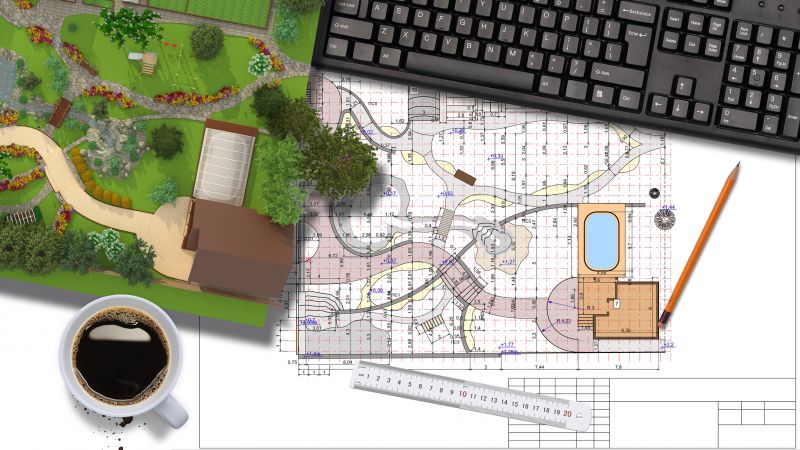
Ways to make Land Clearings work in tight or awkward layouts.
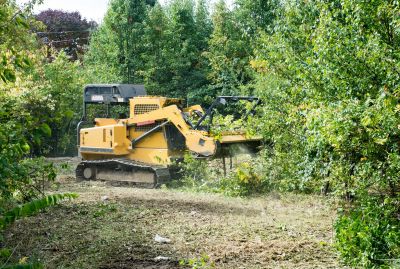
Popular materials for Land Clearings and why they hold up over time.

Simple add-ons that improve Land Clearings without blowing the budget.
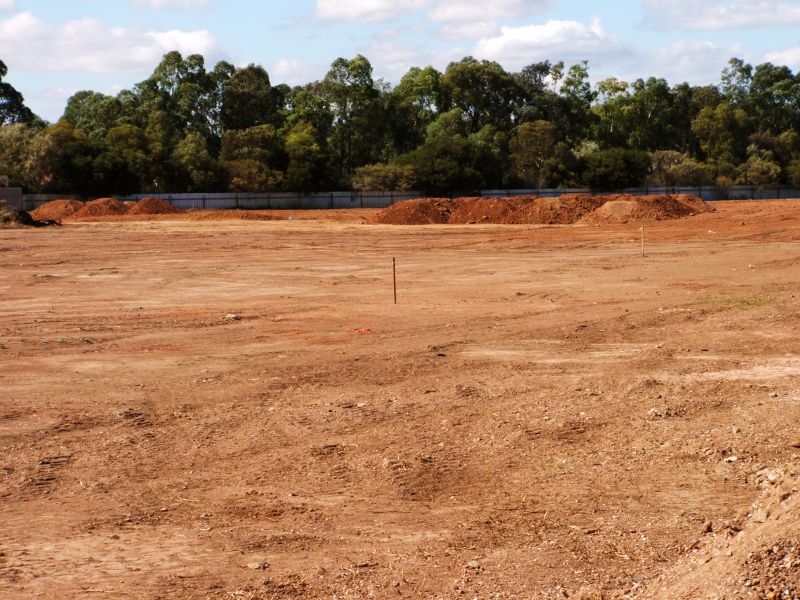
High-end options that actually feel worth it for Land Clearings.

Finishes and colors that play nicely with Land Clearings.
Timing land clearing activities involves considering weather patterns, soil conditions, and project deadlines. Dry seasons typically facilitate easier excavation and reduce the risk of delays caused by rain or snow. In regions with distinct seasons, late spring through early fall is generally preferred for land clearing operations.
Wet soil can hinder machinery movement and increase erosion risk, making dry periods more suitable for land clearing.
Soil stability varies with seasons; planning during periods of optimal soil firmness reduces equipment wear and project delays.
Understanding plant growth cycles helps determine the best time for removal, especially for invasive species or dense brush.
Local regulations may specify restrictions during certain seasons, influencing the timing of land clearing activities.
| Season | Advantages |
|---|---|
| Spring | Moderate weather, active plant growth, easier vegetation removal |
| Summer | Longer daylight hours, extended work periods |
| Fall | Cooler temperatures, less rainfall, suitable before winter |
| Winter | Less activity generally, potential for frozen ground easing excavation |
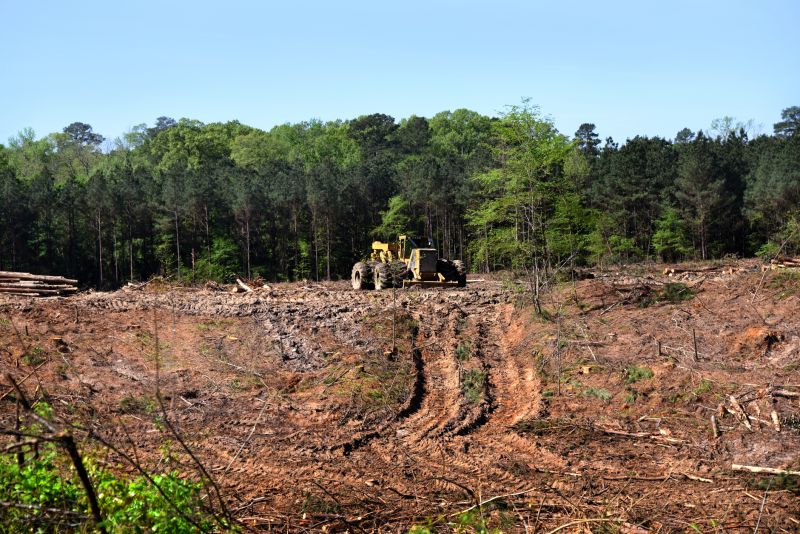
Heavy machinery efficiently removing trees and brush during optimal seasons.

Clearing dense underbrush in spring or fall for better access.
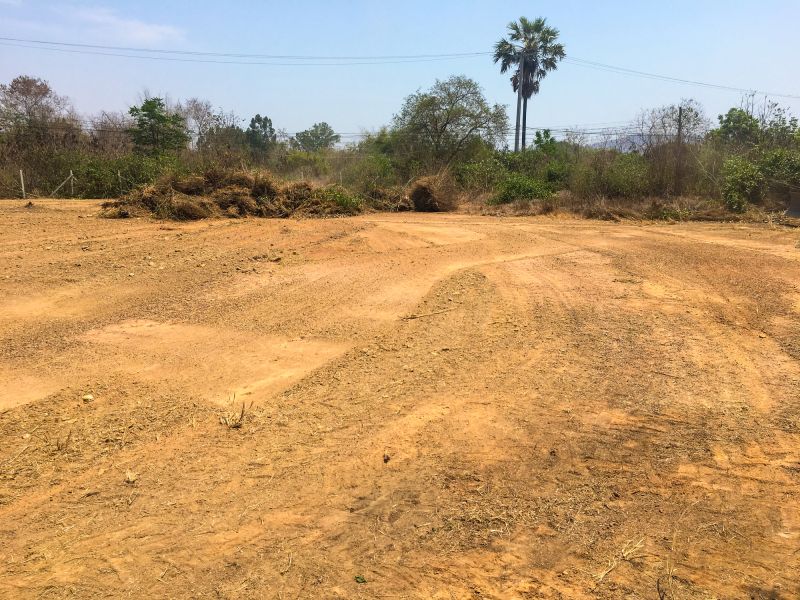
Preparing land during dry seasons for construction or farming.
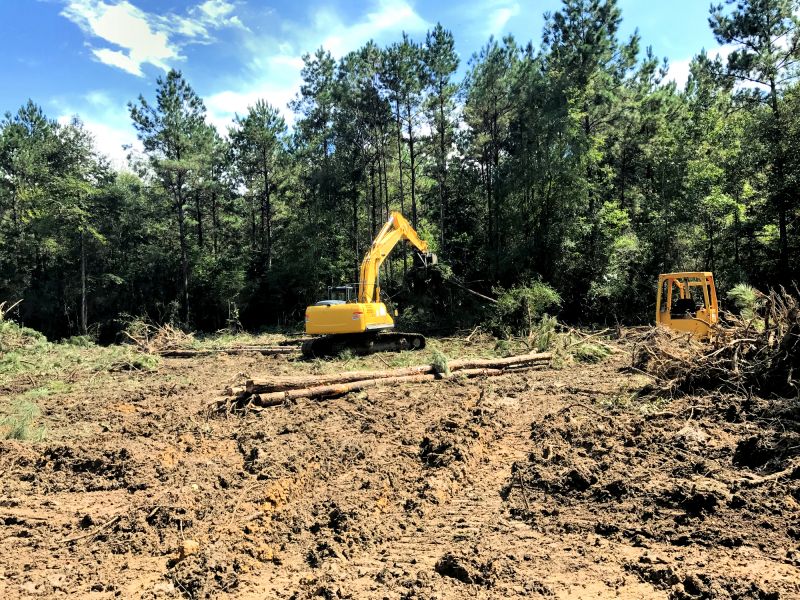
Visual overview of land clearing activities across different seasons.

Little measurements that prevent headaches on Land Clearings day.

A 60-second routine that keeps Land Clearings looking new.
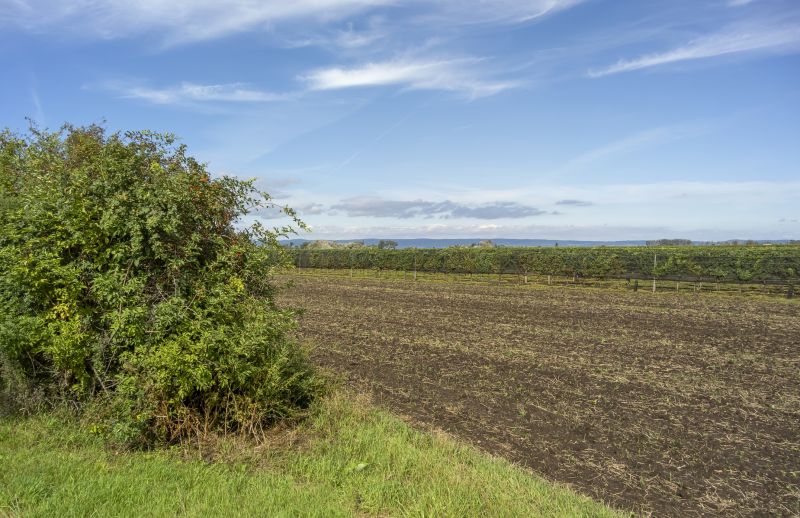
A frequent mistake in Land Clearings and how to dodge it.
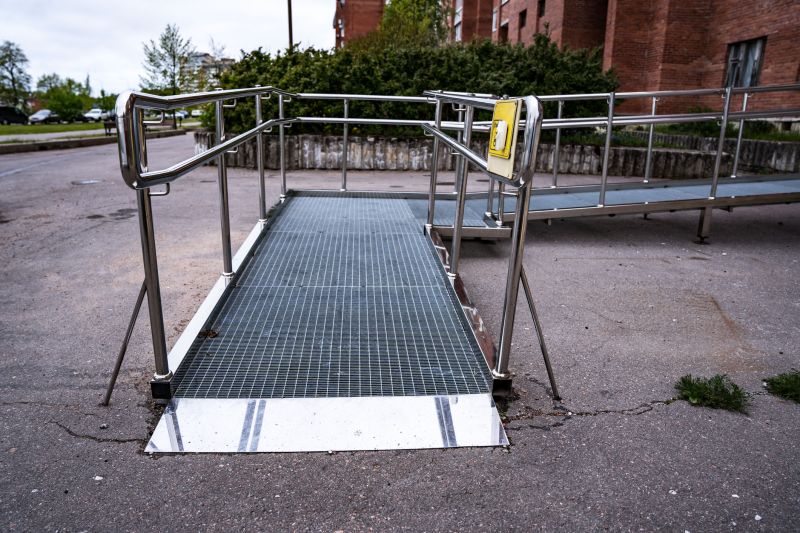
Small tweaks to make Land Clearings safer and easier to use.
Selecting the right time for land clearing depends on project scope, regional climate, and specific site conditions. Proper planning can help avoid delays, reduce costs, and ensure a smooth process. Consulting with land management professionals can provide tailored advice based on local weather patterns and soil conditions.

Machinery working efficiently during favorable weather conditions.

Proper disposal methods for cleared vegetation.
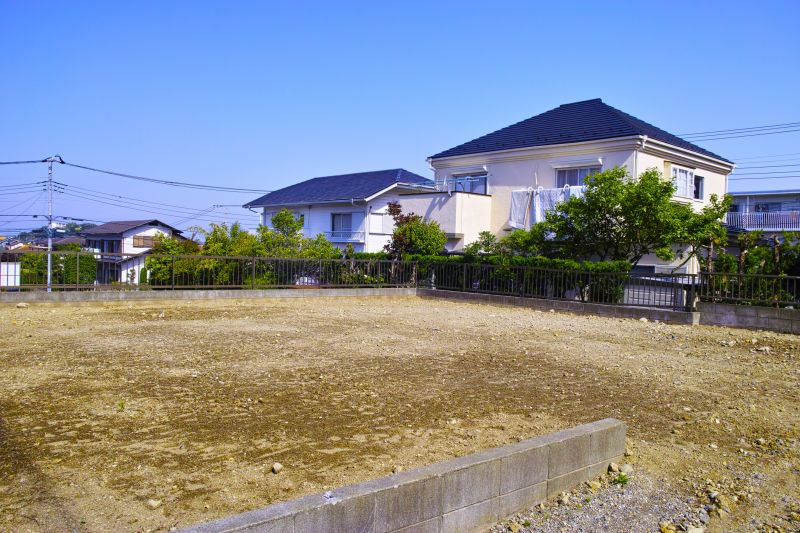
Comparison of land before and after clearing shows the transformation.

Managing land clearing projects throughout the year.
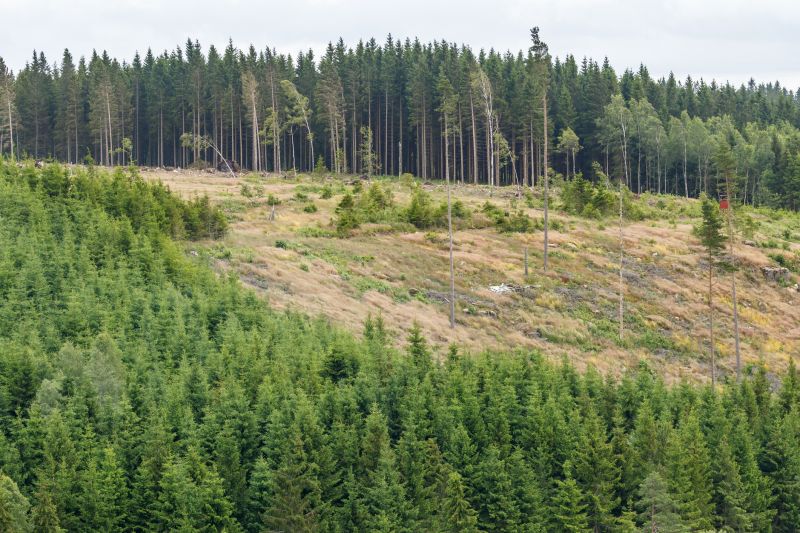
Lower-waste or water-saving choices for Land Clearings.

The short, realistic tool list for quality Land Clearings.
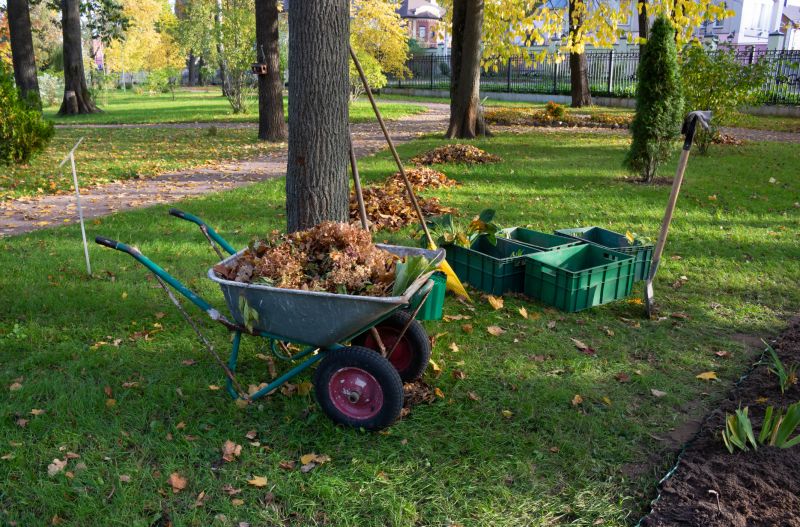
Rough timing from prep to clean-up for Land Clearings.
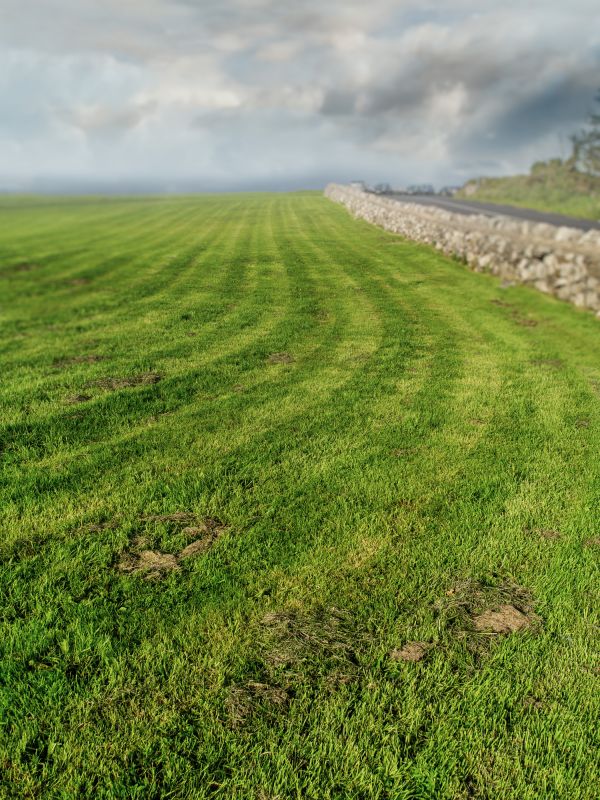
Quick checks and paperwork to keep after Land Clearings.
Interested in scheduling land clearing services? Filling out the contact form can provide more information and help plan the project around optimal seasonal conditions for efficient and effective land management.
